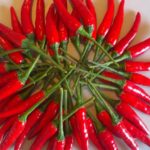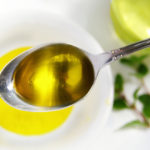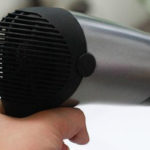White Vinegar and Salt
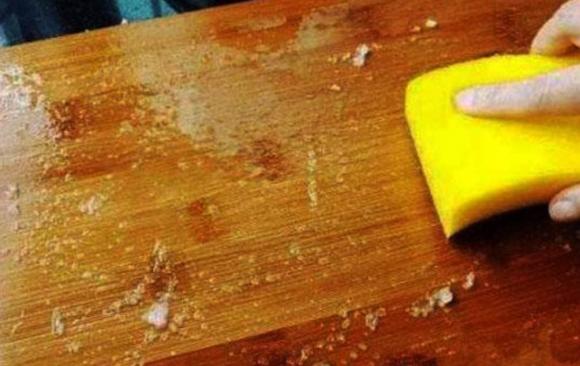
White vinegar and lemon help clean stains
Because white vinegar is a strong softener, it can soften stubborn stains on the cutting board.
Therefore, first pour an appropriate amount of white vinegar on the cutting board to evenly spread the vinegar on the cutting board. Sprinkle an appropriate amount of table salt evenly on the cutting board. The reason for sprinkling table salt is that table salt has a grainy form, not only has good friction but also has a disinfecting and sterilizing effect.
Apply Toothpaste

Toothpaste melts the layer of residue on the cutting board
After rubbing the salt and vinegar evenly on the cutting board for 5 minutes, it helps to kill bacteria and clean thoroughly. Then apply an appropriate amount of toothpaste to the surface of the cutting board, brush it back and forth with a toothbrush. At this point, you will see the black dirt substances peeling off from the surface of the cutting board. These are the dirt residues that have been stuck on the cutting board for a long time and are being cleaned.
Apply Cooking Oil
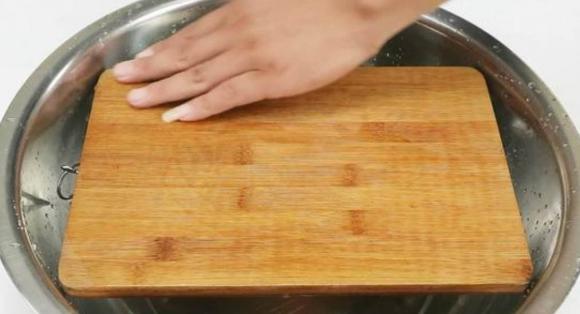
Cooking oil protects the cutting board from mold and cracking
After we clean the cutting board, we need to wipe it dry. We can apply a layer of cooking oil on the surface of the cutting board. Cooking oil can not only maintain the cutting board but also effectively prevent our cutting board from mold and cracking.
After that, we cover the cutting board with a food wrap and leave it for 4 to 5 hours for the oil to evenly penetrate into the cutting board. Remove the wrap after the time is up.
If there is too much cooking oil on the cutting board, do not use dishwashing liquid to clean it. Instead, sprinkle some baking soda on it to clean it. Because baking soda has a strong ability to absorb oil, it is a powerful ally in our kitchen to remove oil. After cleaning like this, the cutting board will not mold for a year.
Some notes when using a wooden cutting board:
– It is recommended to wash the cutting board immediately after use, hang them in a cool place to dry quickly and avoid dampness and mold. Avoid soaking the cutting board in water, as this makes the wooden surface absorb water, easy to crack, and bacteria breed, making the cutting board prone to mold.
– Use a separate cutting board for raw food and have a separate cutting board for cooked food. In case of sharing, after using the cutting board for raw food, you should wash it clean, disinfect it with lemon, vinegar or salt to kill bacteria.
Cooking Oil and Safe Ways to Cook with It’>Tips on Selecting Healthy Cooking Oil and Safe Ways to Cook with It
A Taiwanese company has made a significant impact on the food industry through the recycling of over 700 tons of dirty oil, which has been exported to over 12 countries, including Vietnam. This has raised a few eyebrows among housewives, as cooking oil is an essential condiment in daily cooking. To ensure the safety and quality of their cooking oil, consumers should take note of the following advice.

























